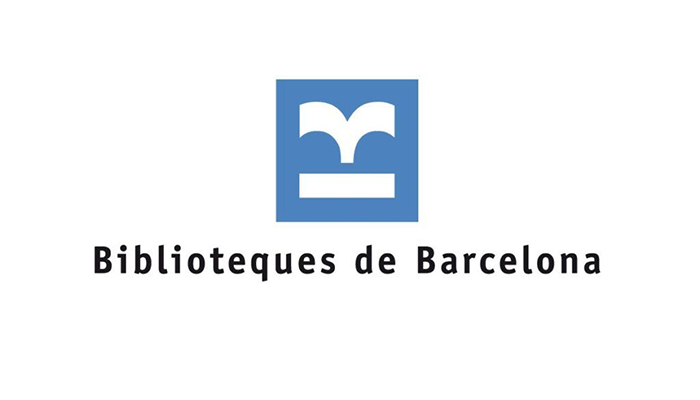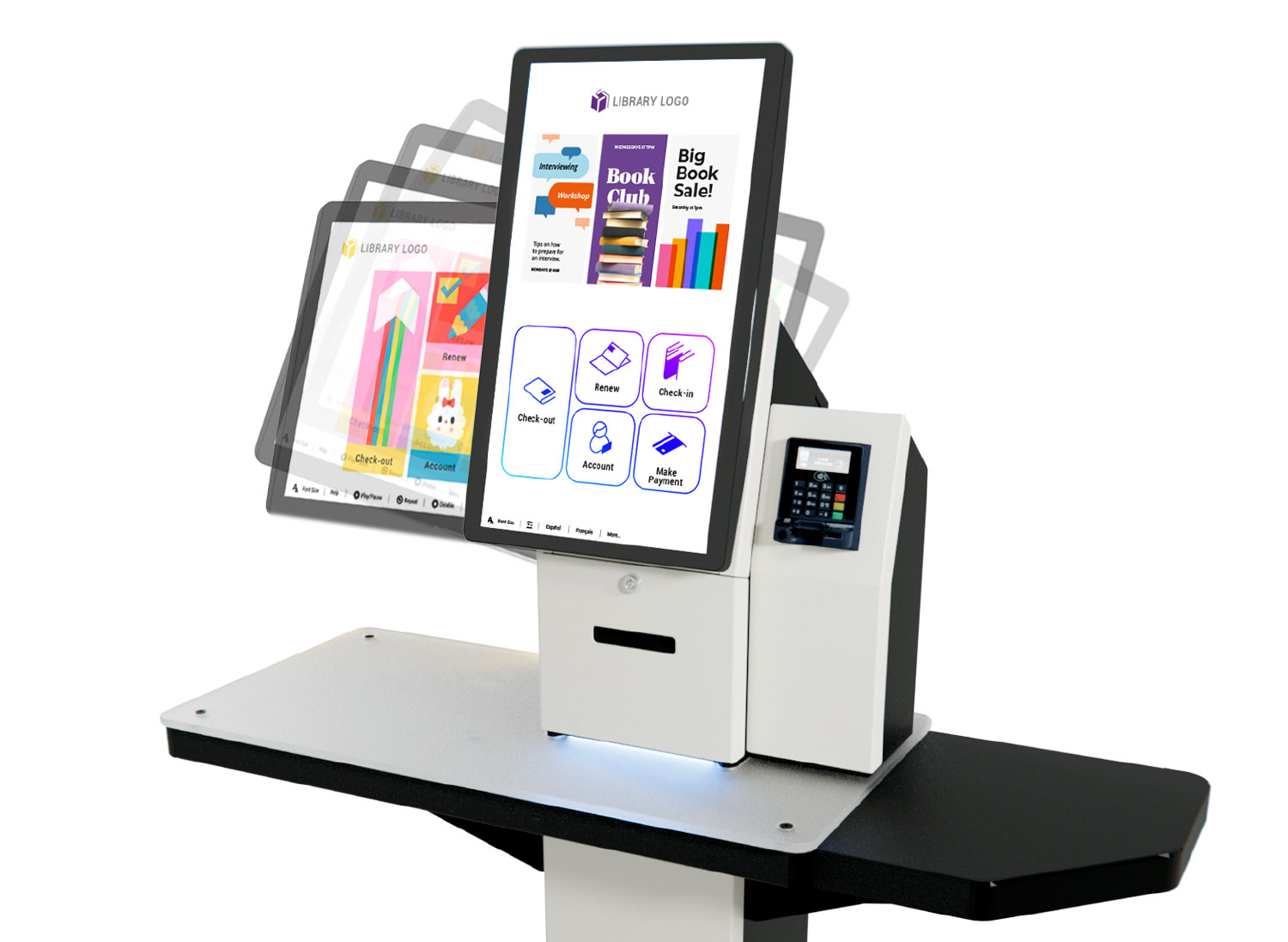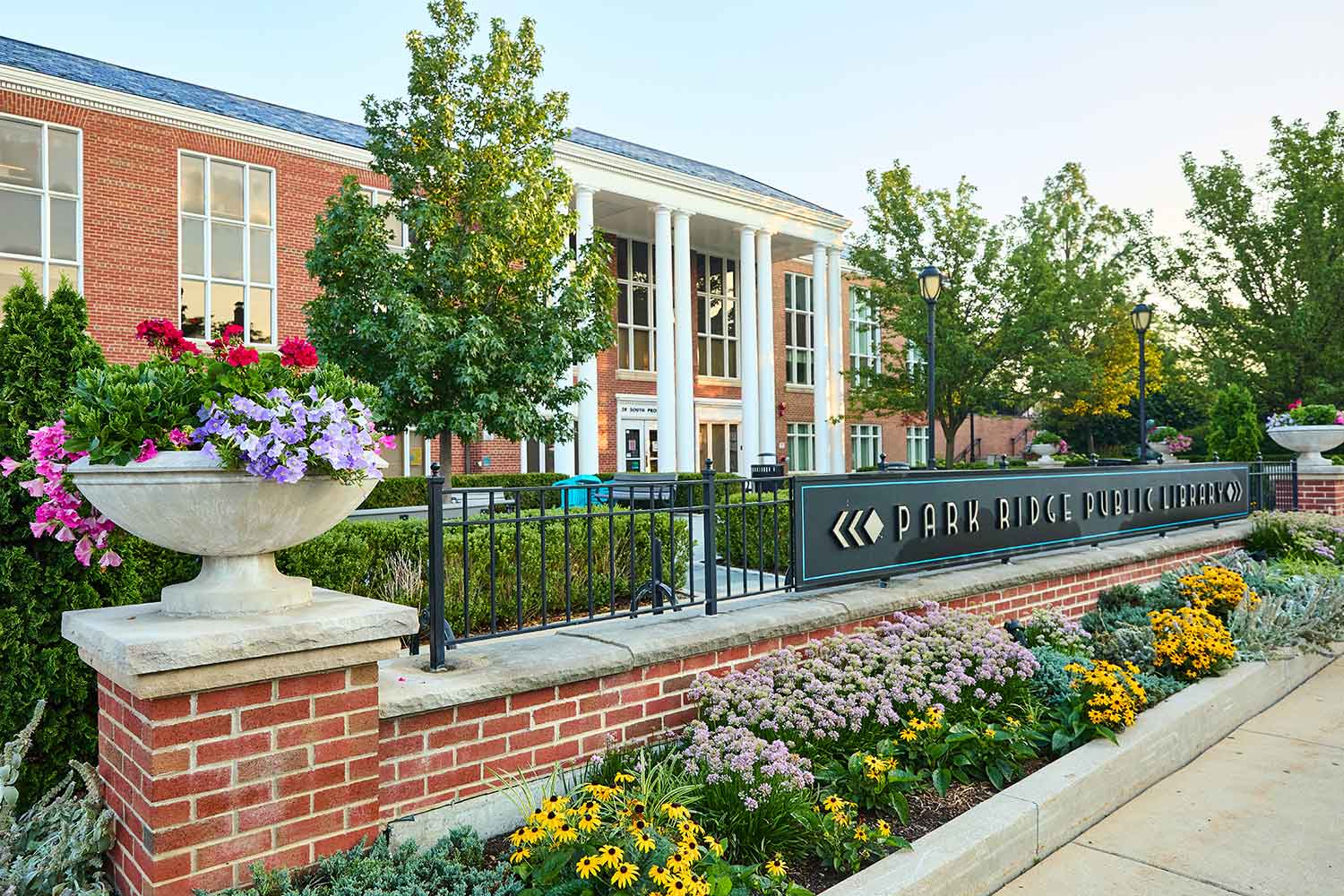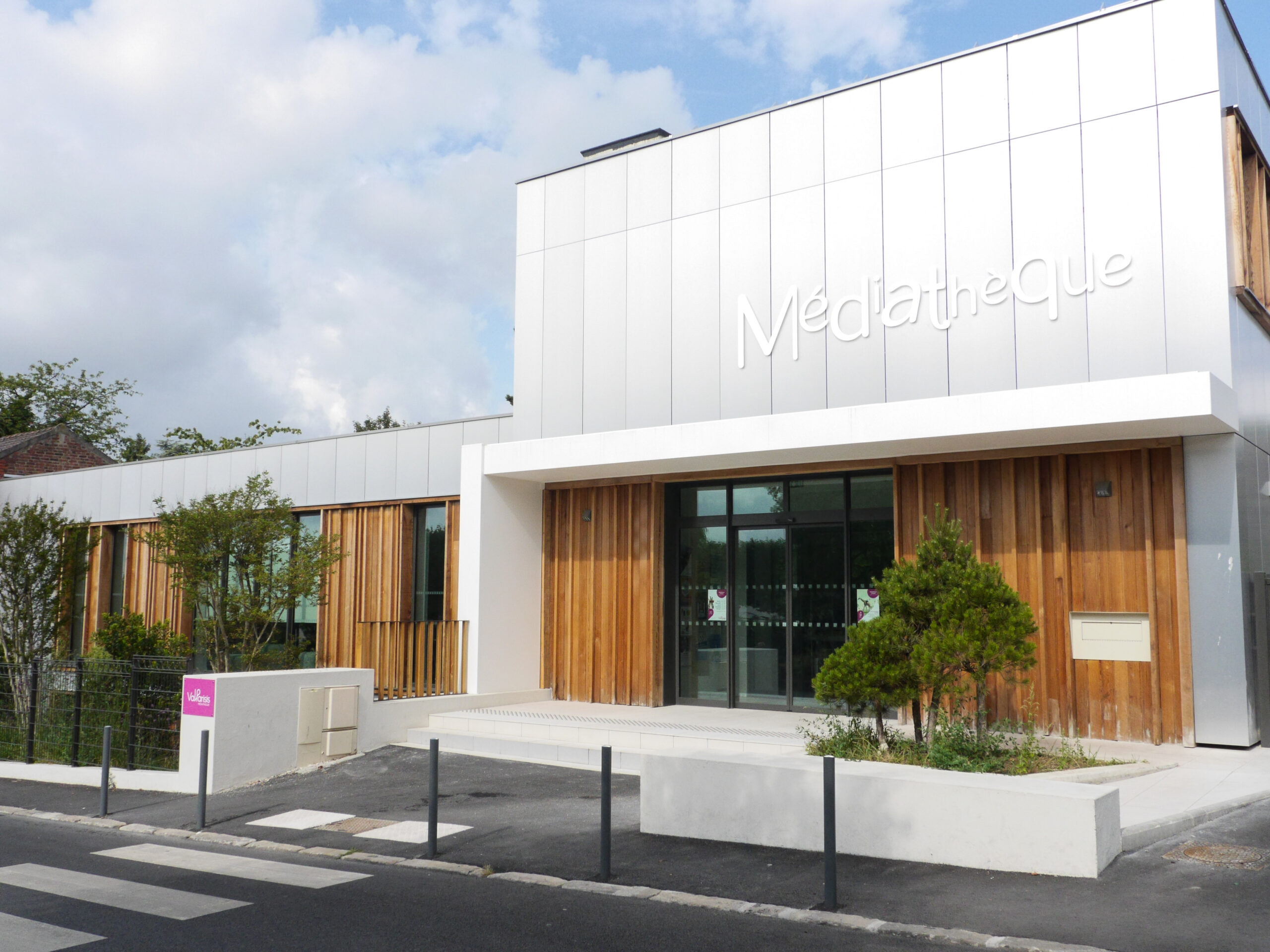A new modern library deserves modern library solutions. Read more.

Challenge
Solution
Result
The new Montserrat Abelló Library in Barcelona: RFID and flex AMH in the city’s most sustainable library
Barcelona has a network of 40 public libraries across 65,000 square meters. The libraries serve 1.6 million residents, over 55% of whom maintain active library accounts. In addition to an annual circulation of more than 3.5 million (with a collection size of 2.5 million), over 178,000 people take part in cultural activities hosted by the Barcelona libraries each year.
A new library deserves new technology
In January of 2018, Barcelona opened the Montserrat Abelló Library in the district of Les Corts. The library was built in the renovated Benet Campabadal silk factory, originally constructed in 1924. The new library has a collection of 45,000 items and is the first public building in Barcelona to be awarded the BREEAM certificate, a certification of environmental sustainability.
In 2012, Barcelona began implementing RFID in its libraries by converting the collection of the Camp de l’Arpa library. Today, 17 Barcelona libraries use RFID.
“RFID improves both borrowing and returning,” says Jordi Gual, Technical Director of Planning at Barcelona Libraries. “It allows users to be autonomous, which is not only more convenient for them, but also allows staff to spend their time on more valuable interactions with customers.”
The city installed Bibliotheca’s selfCheck self-service kiosks when they first converted to RFID in 2012. In 2014, they installed an AMH system in Sant Gervasi-Joan Maragall.
“We immediately saw the advantages,” says Gual. “In addition to sorting materials, it allowed us to separate the return and loan functions which works best in our libraries.”
When the Montserrat Abelló Library was built, it was equipped with a five-bin flex AMH system that serves both an internal and external return.
flex AMH, Bibliotheca’s recently redesigned automated materials handler, is the maximum time saver, delivering efficient workflows that keep circulation moving and get materials back on the shelf faster than ever before. The fully modular design can be configured to fit any space, from simple one-bin solutions to multi-floor systems. Combining the flex AMH with the bulkSeparator provides a simple drop-and-go experience for library users, while accurately and delicately sorting stacks of returned items into their proper bins.
Allowing librarians to focus on what matters – customers
In addition to the 17 libraries currently using RFID, Barcelona has installed sorting solutions in 9 of its branches, though Montserrat Abelló is the first branch to feature both an internal and external return.
“The flex AMH is very practical. Automating the sorting process saves a lot of time. We can dedicate more time to our users and our community and offer more social, cultural and educational programs,” says Gual.
A separate return also reduces lines at the selfCheck kiosk. Borrowers can drop a stack of materials into a return bin as they enter the library, and then only use the kiosks when they are ready to check out.
Barcelona plans to implement RFID in two more branches in the near future. The collection size of each particular branch determines, in large part, how long each transfer requires but Barcelona has found that they can typically convert a library’s collection within a month.
Gual’s experience with Bibliotheca, RFID, and the flex AMH has been overwhelmingly positive, but he offers this advice to other libraries considering making the switch to RFID:
“Speak to other libraries that have made the move. Be open to advice about their experience, how many RFID terminals will be needed, how to train staff, and so on. Don’t rush. Take time to convert each item correctly, and you’ll prevent future problems.”
You may also like
Insights + Trends

Introducing the selfCheck 3000: Bibliotheca Newest Library Self-Service
Built on decades of expertise and customer input, discover more about selfCheck 3000: bibliotheca’s latest in library self-service technology.

Park Ridge Public Library: Improving the Patron Experience with RFID Technology
RFID technology has positively impacted Park Ridge Public Library—from streamlining checkout processes to adding new programs.

Val Parisis Media Library: A Metamorphosis with open+
Explore how Bibliotheca’s open+ technology is transforming library services in the Val Parisis area in France by extending operational hours and enhancing accessibility without additional staff.

